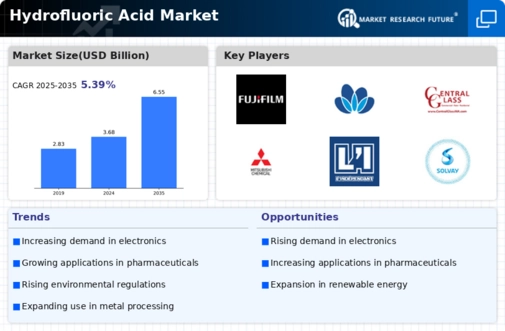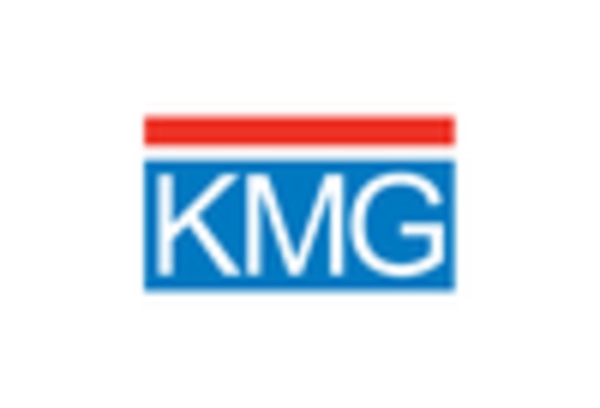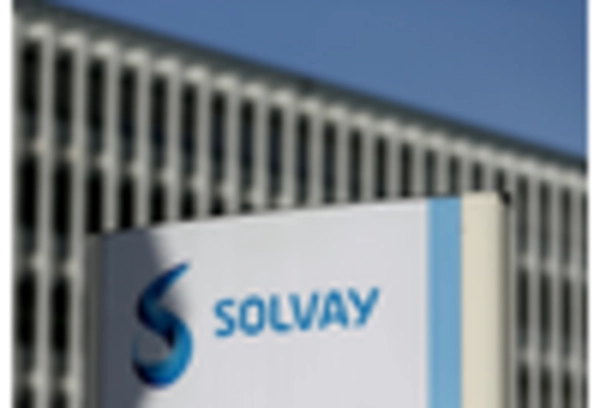Market Share
Hydrofluoric Acid Market Share Analysis
The Evolving Landscape of Real Estate in the Middle East & Africa
The Middle East and Africa (MEA) region are witnessing a remarkable surge in the real estate sector, as highlighted in the Middle East Real Estate Market Outlook 2023 report by CBRE Group, a prominent player in real estate investment and services. The report reveals staggering estimates, indicating that a total value of approximately USD 1.36 trillion worth of real estate projects is in the planning or implementation stages across the Gulf Council Countries (GCC). Saudi Arabia takes the lead, contributing a substantial 64.5% of the total value, with the UAE, Bahrain, and Kuwait also making significant strides. This growth is attributed to regulatory easing and diversification strategies adopted by these nations.
The forecast from the report indicates a particularly promising future for the hotel segment. With an anticipated surge in religious and holy trips, coupled with the recovery of corporate tours post the COVID-19 pandemic, the demand for hotels is expected to surpass 2019 levels. Furthermore, the region's higher average income per occupied room is poised to further fuel the demand for hotel infrastructure. The office market in GCC countries is also projected to maintain its momentum, continuing the demand surge experienced in 2022.
A separate analysis by John Mason International, presented in their Middle East Housing Market article in April 2022, sheds light on the burgeoning housing sector in Dubai. This growth is attributed to supportive government initiatives, including the introduction of residency permits for remote workers and retirees, the extension of the gold visa initiative, and the positive economic impact of Expo 2020 Dubai. Despite economic challenges, the demand for housing is expected to rise due to increased requirements for additional space and amenities.
Looking beyond the Middle East, The Intelligence Lab's study in collaboration with Knight Frank underlines the increasing investment in data center construction in the African region. This surge is driven by a growing need for cloud storage and warehouses. Furthermore, Africa is projected to witness a population of 1.1 billion by 2040, further contributing to the growth of the real estate sector in the region.
The overall expansion of the real estate sector in the Middle East and Africa is not only a testament to the region's economic vitality but also holds significant implications for associated industries. One such industry set to benefit is glass etching, creating lucrative opportunities for hydrofluoric acid in the market from 2022 to 2030.
In conclusion, the real estate sector in the Middle East and Africa is undergoing a transformative phase, marked by substantial investments, supportive government initiatives, and a positive outlook across various segments. This growth not only enhances the economic landscape but also creates a ripple effect, fostering opportunities for ancillary industries, such as hydrofluoric acid in the context of glass etching, paving the way for a dynamic and thriving real estate market in the coming years.

















Leave a Comment